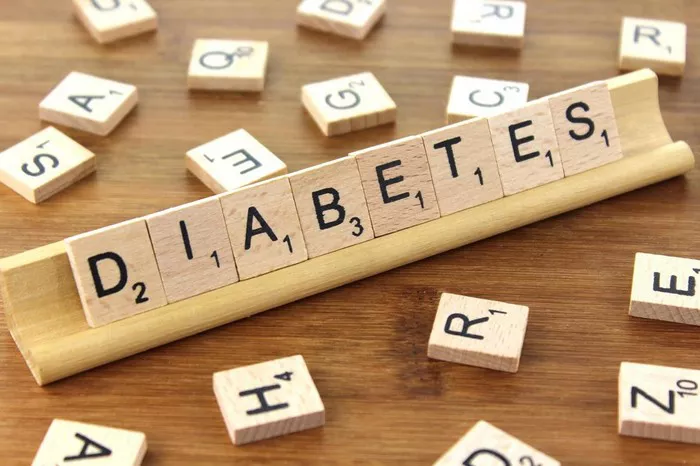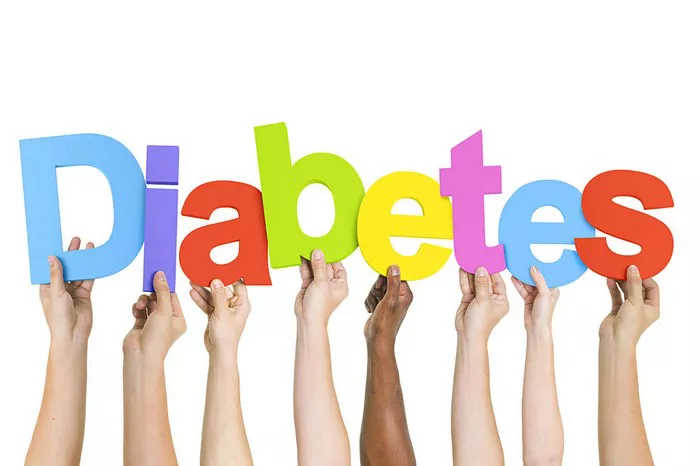Type 1 diabetes (T1D) is a chronic condition characterized by the autoimmune destruction of insulin-producing beta cells in the pancreas, leading to absolute insulin deficiency. Unlike Type 2 diabetes, which is often associated with lifestyle factors and insulin resistance, Type 1 diabetes typically manifests in childhood or adolescence and requires lifelong management with exogenous insulin. This article delves into the pathophysiology, etiology, diagnosis, management, and recent advancements in the understanding and treatment of Type 1 diabetes.
Pathophysiology of Type 1 Diabetes
The pathophysiology of Type 1 diabetes involves an autoimmune response where the body’s immune system mistakenly targets and destroys the insulin-producing beta cells in the islets of Langerhans within the pancreas. Insulin is a crucial hormone that regulates blood glucose levels by facilitating the uptake of glucose into cells for energy production and storage. Without sufficient insulin, glucose accumulates in the bloodstream, leading to hyperglycemia.
The autoimmune attack on beta cells is mediated by T lymphocytes, particularly CD8+ cytotoxic T cells, which recognize beta cell antigens as foreign. This autoimmune response is influenced by both genetic predispositions and environmental factors. The destruction of beta cells progresses over months to years before clinical symptoms of hyperglycemia appear.
Etiology and Risk Factors
Genetic Factors
Genetics play a significant role in the susceptibility to Type 1 diabetes. The Human Leukocyte Antigen (HLA) complex on chromosome 6 is the most important genetic determinant. Certain HLA haplotypes, such as HLA-DR3 and HLA-DR4, are strongly associated with increased risk. However, genetic predisposition alone is insufficient to cause the disease; environmental triggers are also necessary.
Environmental Factors
Environmental factors contributing to Type 1 diabetes are varied and not fully understood. Potential triggers include viral infections (e.g., enteroviruses), dietary factors (e.g., early exposure to cow’s milk or gluten), and changes in gut microbiota. These factors may initiate or accelerate the autoimmune process in genetically susceptible individuals.
Immune System Dysregulation
The autoimmune nature of Type 1 diabetes suggests a failure in immune regulation. Normally, regulatory T cells (Tregs) help maintain immune tolerance by suppressing autoreactive T cells. In Type 1 diabetes, there is a dysfunction or insufficient activity of Tregs, leading to unchecked autoimmune destruction of beta cells.
Clinical Presentation and Diagnosis
Symptoms
The onset of Type 1 diabetes is often abrupt and can include symptoms such as:
- Polydipsia (excessive thirst)
- Polyuria (frequent urination)
- Polyphagia (increased hunger)
- Unintended weight loss
- Fatigue and weakness
- Blurred vision
In some cases, the first presentation may be diabetic ketoacidosis (DKA), a serious and potentially life-threatening condition characterized by severe hyperglycemia, ketonemia, and metabolic acidosis.
Diagnostic Criteria
Diagnosis of Type 1 diabetes is based on clinical presentation and laboratory findings. Key diagnostic tests include:
- Fasting Plasma Glucose (FPG): ≥ 126 mg/dL (7.0 mmol/L)
- Random Plasma Glucose: ≥ 200 mg/dL (11.1 mmol/L) in the presence of symptoms
- Oral Glucose Tolerance Test (OGTT): 2-hour plasma glucose ≥ 200 mg/dL (11.1 mmol/L)
- Hemoglobin A1c (HbA1c): ≥ 6.5%
Autoantibody testing can also support the diagnosis. Common autoantibodies in Type 1 diabetes include:
- Glutamic acid decarboxylase antibodies (GADAs)
- Islet cell antibodies (ICAs)
- Insulin autoantibodies (IAAs)
- Zinc transporter 8 antibodies (ZnT8As)
Management of Type 1 Diabetes
The cornerstone of Type 1 diabetes management is exogenous insulin therapy, complemented by dietary management, regular physical activity, and monitoring of blood glucose levels. The primary goals are to maintain near-normal blood glucose levels, prevent acute complications, and reduce the risk of long-term complications.
Insulin Therapy
Insulin therapy involves multiple daily injections (MDI) or continuous subcutaneous insulin infusion (CSII) using an insulin pump. The types of insulin commonly used include:
- Rapid-acting Insulin: Lispro, Aspart, Glulisine
- Short-acting Insulin: Regular insulin
- Intermediate-acting Insulin: NPH (Neutral Protamine Hagedorn)
- Long-acting Insulin: Glargine, Detemir, Degludec
Intensive insulin therapy, which mimics physiological insulin secretion, typically involves a combination of basal (long-acting) and bolus (rapid-acting) insulins.
Continuous Glucose Monitoring (CGM) and Self-Monitoring of Blood Glucose (SMBG)
Regular monitoring of blood glucose levels is crucial for effective management. CGM systems provide real-time glucose readings, trends, and alerts for hypoglycemia and hyperglycemia. SMBG involves periodic finger-stick blood glucose testing, which remains important for calibration of CGM devices and for patients without access to CGM.
Diet and Exercise
A balanced diet with appropriate macronutrient distribution, carbohydrate counting, and understanding the glycemic index of foods are key aspects of dietary management. Regular physical activity enhances insulin sensitivity and aids in glucose control. However, exercise can affect blood glucose levels unpredictably, necessitating careful planning and monitoring.
Complications of Type 1 Diabetes
Acute Complications
- Hypoglycemia: Low blood glucose levels can occur due to excessive insulin administration, missed meals, or intense exercise. Symptoms include sweating, tremors, confusion, and in severe cases, loss of consciousness or seizures.
- Diabetic Ketoacidosis (DKA): A serious condition resulting from severe insulin deficiency, leading to high blood glucose, ketone production, and metabolic acidosis. Symptoms include nausea, vomiting, abdominal pain, and altered mental status. Prompt medical treatment is essential.
Chronic Complications
Long-term complications arise from prolonged hyperglycemia and include:
- Cardiovascular Disease: Increased risk of heart attack, stroke, and peripheral vascular disease.
- Nephropathy: Diabetic kidney disease can progress to end-stage renal disease requiring dialysis or transplantation.
- Retinopathy: Damage to the blood vessels in the retina can lead to vision loss and blindness.
- Neuropathy: Nerve damage can cause pain, numbness, and loss of sensation, particularly in the extremities.
- Foot Problems: Poor circulation and neuropathy increase the risk of foot ulcers and infections, which may necessitate amputation.
Psychosocial Aspects and Support
Living with Type 1 diabetes imposes significant psychological and social challenges. The constant need for self-management, fear of complications, and impact on daily life can lead to stress, anxiety, and depression. Comprehensive diabetes care includes psychosocial support through counseling, support groups, and educational programs to enhance coping skills and quality of life.
Advances in Type 1 Diabetes Research and Treatment
Artificial Pancreas Systems
Artificial pancreas systems, also known as closed-loop insulin delivery systems, combine a CGM, an insulin pump, and an algorithm that automatically adjusts insulin delivery based on real-time glucose readings. These systems have shown promise in improving glycemic control and reducing hypoglycemia.
Islet Cell Transplantation
Islet cell transplantation involves transferring insulin-producing islet cells from a donor pancreas into a person with Type 1 diabetes. This can restore endogenous insulin production and improve glucose control. However, challenges include limited donor availability, the need for immunosuppressive therapy, and variable long-term outcomes.
Immunotherapy
Research into immunotherapy aims to halt or reverse the autoimmune process in Type 1 diabetes. Approaches include using monoclonal antibodies to target autoreactive T cells, antigen-specific therapies to induce tolerance, and modifying immune pathways. While still experimental, these therapies hold potential for altering disease progression.
Beta Cell Regeneration and Stem Cell Therapy
Efforts to regenerate beta cells or create new insulin-producing cells from stem cells are ongoing. Techniques such as gene editing, differentiation of pluripotent stem cells into beta-like cells, and enhancing beta cell proliferation are being explored to restore insulin production in individuals with Type 1 diabetes.
Smart Insulin and Glucose-Responsive Insulin
Smart insulin and glucose-responsive insulin formulations are designed to release insulin in response to blood glucose levels, mimicking physiological insulin secretion. These innovative approaches aim to simplify insulin therapy and improve glycemic control while minimizing the risk of hypoglycemia.
See also:Longest Living Type 1 Diabetic
Conclusion
Type 1 diabetes is a complex, multifaceted disease requiring comprehensive and individualized management. Advances in technology, research, and therapeutic approaches offer hope for improved outcomes and quality of life for individuals with Type 1 diabetes. Ongoing research aims to unravel the underlying mechanisms of the disease, develop innovative treatments, and ultimately, find a cure. Until then, multidisciplinary care, patient education, and psychosocial support remain essential components of effective diabetes management.
Related topics:

























